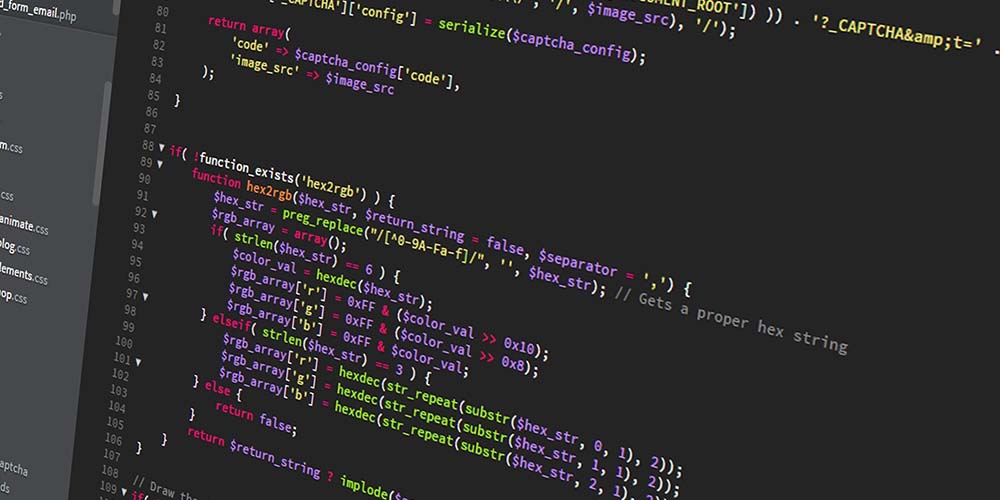The Complete Ethical Hacking Boot Camp: Zero to Mastery Certification Bundle
146 Enrolled
11 Courses & 151.5 Hours
Deal Price$44.99
Suggested Price
$143.00
You save 68%
What's Included

$13.00 Value
Learn Python & Ethical Hacking from Scratch
iSecur1ty
176 Lessons (23h)
Lifetime

$13.00 Value
Wireshark: Packet Analysis & Ethical Hacking: Core Skills
David Bombal
204 Lessons (13h)
Lifetime

$13.00 Value
Security for Developers: An Offensive Approach
Gabriel Avramescu
26 Lessons (4h)
Lifetime

$13.00 Value
Bug Bounty: Infrastructure Track
Gabriel Avramescu
50 Lessons (5h)
Lifetime

$13.00 Value
The Complete Python Hacking Course: Beginner to Advanced
Joseph Delgadillo
89 Lessons (17h)
Lifetime

$13.00 Value
Learn Ethical Hacking: Beginner to Advanced
Joseph Delgadillo
149 Lessons (28h)
Lifetime

$13.00 Value
TryHackMe: Learn Ethical Hacking & Cyber Security with Fun
Oak Academy
58 Lessons (3h)
Lifetime

$13.00 Value
CompTIA Pentest+ PT0-002 (Ethical Hacking) Complete Course
Oak Academy
353 Lessons (28h)
Lifetime

$13.00 Value
Practical Wireless Networks Hacking from Scratch
Saad Sarraj
69 Lessons (6h)
Lifetime

$13.00 Value
Learn Practical Hacking Using Metasploit from Scratch
Saad Sarraj
90 Lessons (10.5h)
Lifetime

$13.00 Value
TOTAL: CompTIA PenTest+ (PT0-002)
Total Seminars
133 Lessons (14h)
Lifetime
Terms
- Unredeemed licenses can be returned for store credit within 30 days of purchase. Once your license is redeemed, all sales are final.
2 Reviews
5/ 5
All reviews are from verified purchasers collected after purchase.
FT
Feras Temimi
Verified Buyer
Really it is amazing, thank you so much for your service, Regards, Feras Really it is amazing, thank you so much for your service, Regards, Feras
Jul 10, 2025
JT
Jovan Todorovic
Verified Buyer
Really nice explained and useful. There is a lot of videos for beginners who are starting to learn linux.
Jan 23, 2024
Your Cart
Your cart is empty. Continue Shopping!
Processing order...


